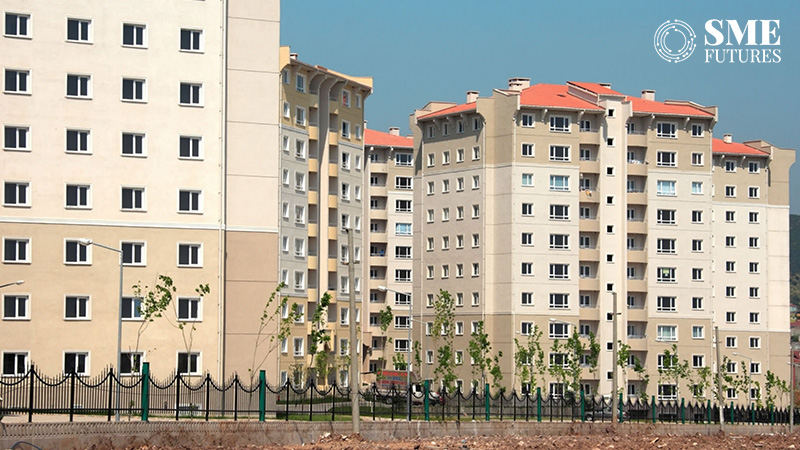The 25 bps rate hike is much along the expected lines. With repo rates now at 6.5 per cent, there could be some repercussions on housing uptake as home loan interest rates will head further north. The rates had already crept up after five consecutive rate hikes over the last one year. This will add to the financial burden on homebuyers as apart from home loan interest rates, property prices have also inched up in the recent past two to three quarters.
Given that interest rates may breach the 9.5 per cent mark with today’s hike, we may see some pressure on sales volumes in the affordable and lower mid-range housing segments, which are more cost-conscious. The affordable segment has already been in the doldrums, and adding further to the cost of acquisition obviously does not help.
Also Read: Indian IT services industry’s growth pace may slow down in near to mid term: ICRA
That said, the Indian housing market continues to be largely end-user driven – and end-users, unlike investors, focus less on ROI and more on the perceived value of homeownership. Furthermore, commodity prices are now falling and inflation is moderating. As such, we are unlikely to see any hikes in the near future, which will be positive for the housing sector in the times to come.
The monetary policy impacts real estate demand in several ways. When the central bank raises interest rates, borrowing costs for buying real estate increase, which can reduce demand for housing. Conversely, when interest rates are low, borrowing costs are lower, and demand for real estate may increase. Also, an expansionary monetary policy, which increases the money supply, can lead to increased consumer spending and borrowing, potentially driving up demand for real estate.
Finally, confidence in the economy is closely tied to the monetary policy. When the central bank is seen as effectively managing the economy and maintaining stability, it can increase consumer confidence and demand for real estate.











